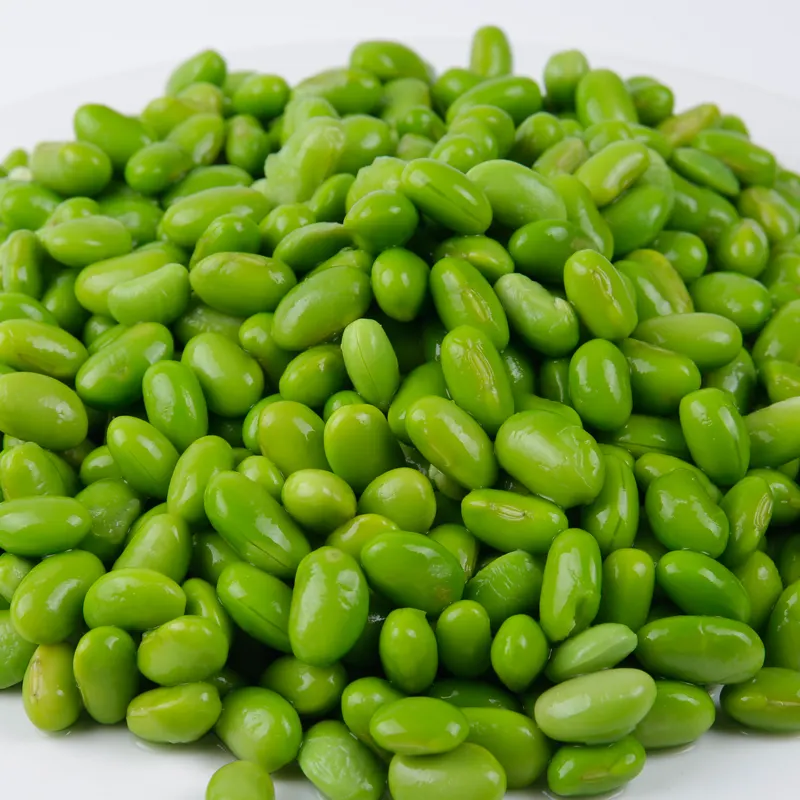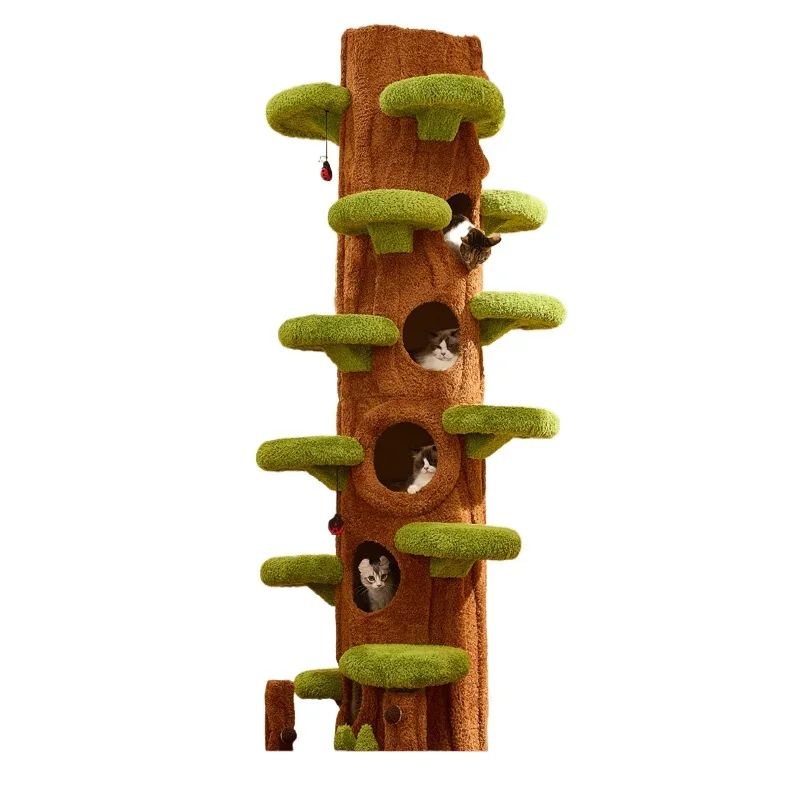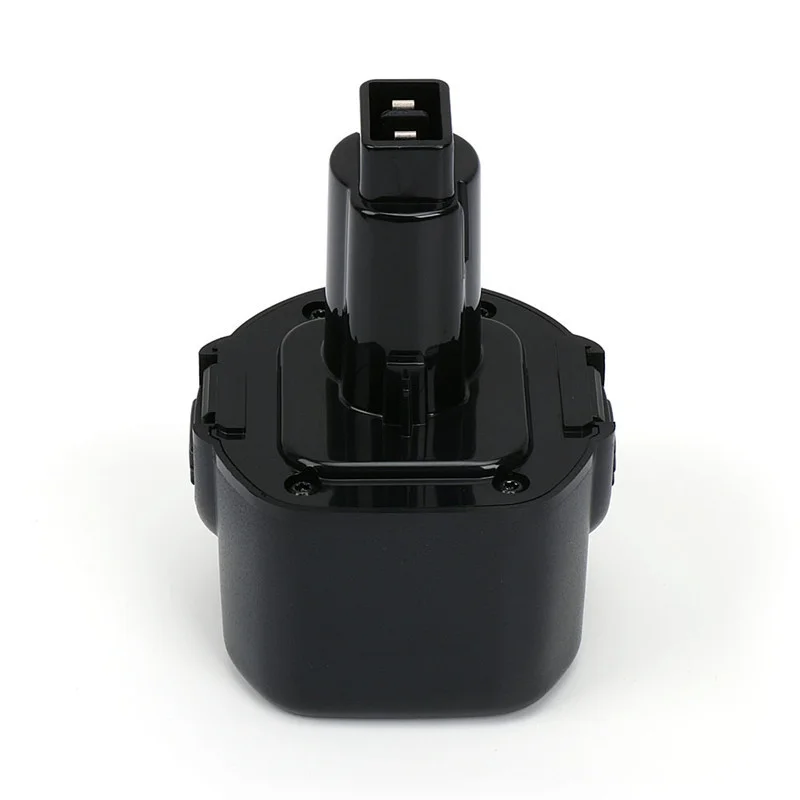Свежие натуральные замороженные тыквы
- Категории: Frozen Vegetables >>>
- Поставщик: VIET,D.E.L.T.A,INDUSTRIAL,CO.,LTD
Поделиться:
Описание и отзывы
Характеристики
Cucurbita Moschata
Cucurbita moschata is a species originating in either Central America or northern South America. It includes cultivars known as squash or pumpkin. C. moschata cultivars are generally more tolerant of hot, humid weather than cultivars of C. maxima or C. pepo. They also generally display a greater resistance to disease and insects, especially to the squash vine borer. Commercially made pumpkin pie mix is most often made from varieties of C. moschata. The ancestral species of the genus Cucurbita were present in the Americas before the arrival of humans. Evolutionarily speaking the genus is relatively recent in origin as no species within the genus is genetically isolated from all the other species. C. moschata acts as the genetic bridge within the genus and is closest to the genus' progenitor.
Nutrient | Average amount in 100g of product | Nutrient | Average amount in 100g of product |
Water | 86.410 g | Calcium, Ca | 48.000 mg |
Energy | 45.000 kcal | Iron, Fe | 0.700 mg |
Energy | 188.000 kj | Magnesium, Mg | 34.000 mg |
Protein | 1.000 g | Phosphorus, P | 33.000 mg |
Total lipid (fat) | 0.100 g | Potassium, K | 352.000 mg |
Ash | 0.800 g | Sodium, Na | 4.000 mg |
Carbohydrate, by difference | 11.690 g | Zinc, Zn | 0.150 mg |

Cucurbita moschata Uses
Musk pumpkin is a multipurpose fruit and leaf vegetable, but the flowers are consumed too. The most common product, popular in most African countries, is the cooked mature fruit. The fruit is also popular for making pumpkin pie and in South-East Asia it is made into sweets and desserts, e.g. steamed fruit flesh with grated coconut and sugar, and into crisps made by frying steamed fruit flesh mixed with cassava flour. In Zambia the ripe fruit flesh is dried for longer preservation.
Especially in southern Africa the leaves play an important role as a leading leaf vegetable during the rainy season. Pumpkin leaves are prepared by first removing the main veins and tendrils, after which they are cut into narrow slices and cooked. Other ingredients, like peanut butter, cooking oil, onions, tomato and spices, are added. In Zambia, 40% of the households use pumpkin leaves as relish daily during the rainy season. In Mashonaland-West and other parts of Zimbabwe pumpkin leaves are the most popular leaf vegetable.
In Cameroon and other parts of Central and West Africa Cucurbita moschata is principally grown for the ripe seeds. These are first roasted, the shells removed, and squashed into a paste and consumed with the main dish. Roasted seeds with or without shells are also salted and eaten as a snack. The potential of the seeds as a source of vegetable fat has not been fully exploited. The seed oil is edible and used as fuel.
Cucurbita moschata has several medicinal applications in Thailand and China. Crushed fresh seeds are used as an anthelmintic, and are also applied to skin infections and inflammations.
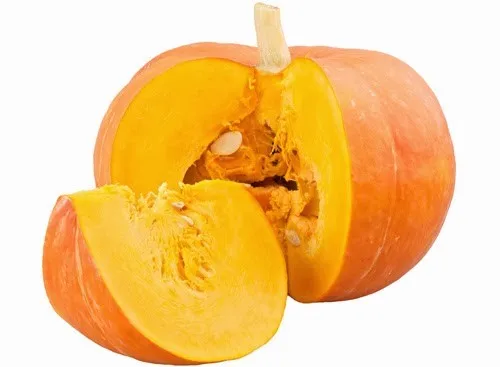
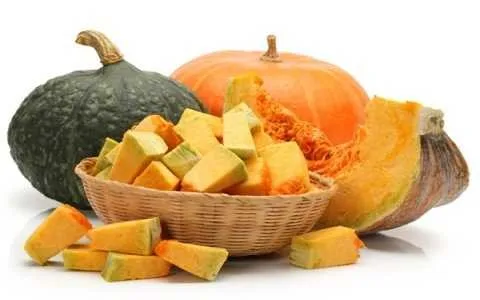

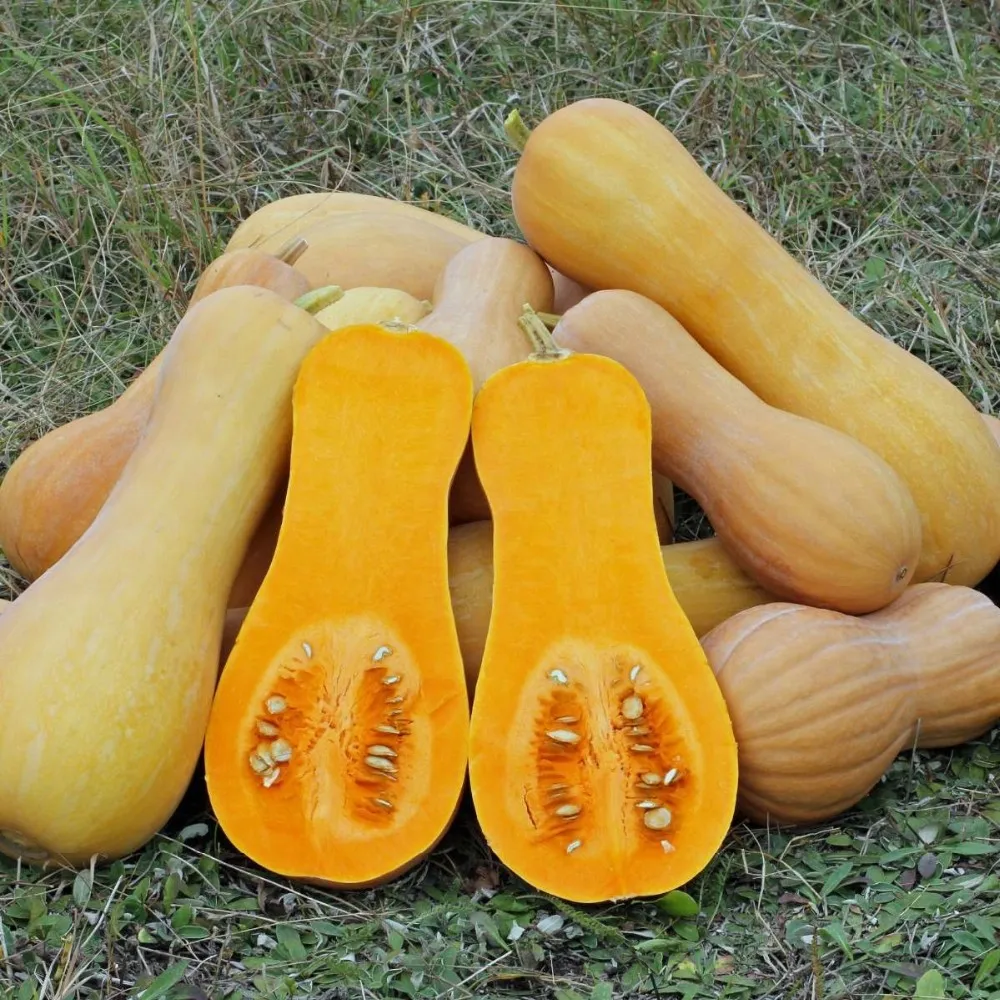
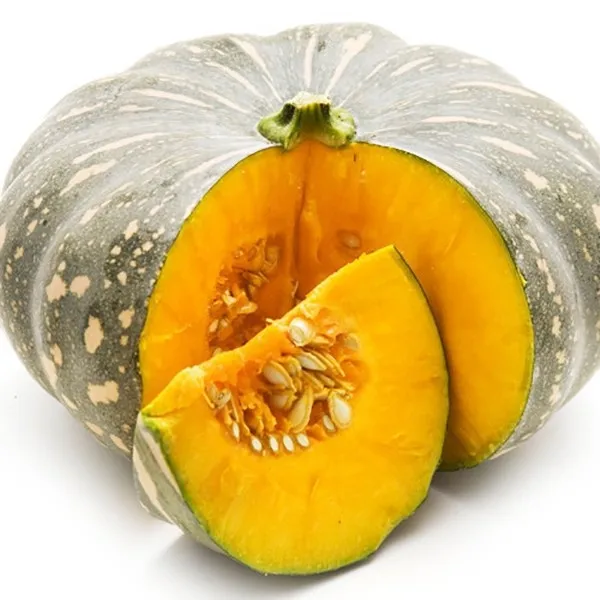
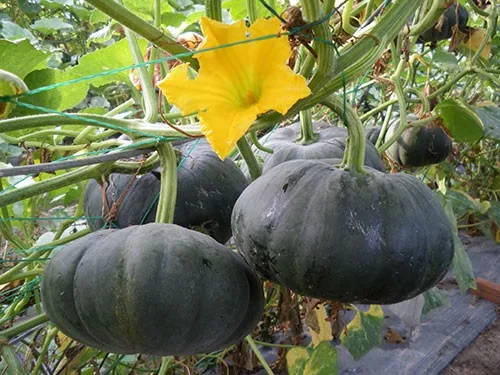
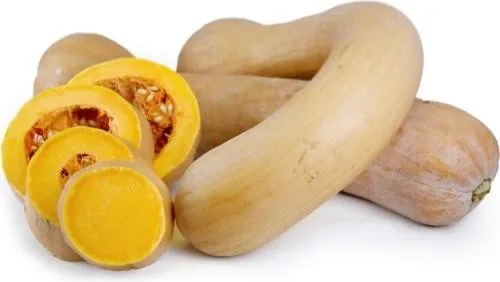
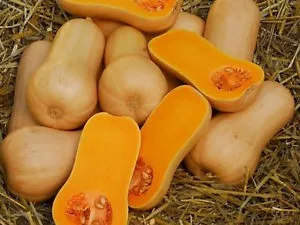
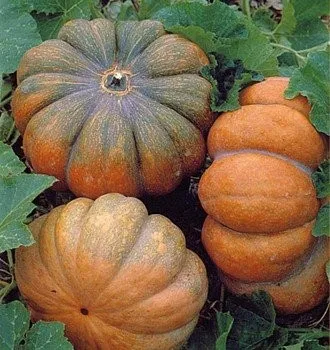
Top Grade frozen ginger/ vacuum packed ginger whatsapp +84 845 639 639
Green and red piper nigrum- the secret of good food/ whatsapp +84 845 639 639
The most delicious okra/ okra in Viet Nam whatsapp +84 845 639 639
Email: fpmanager @ vdeltagoods.com.vn







